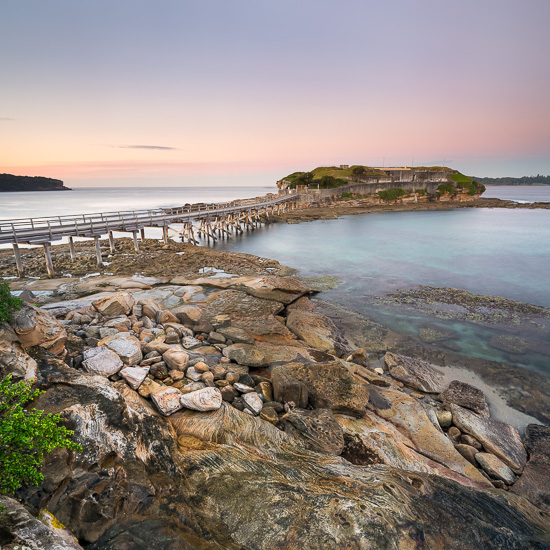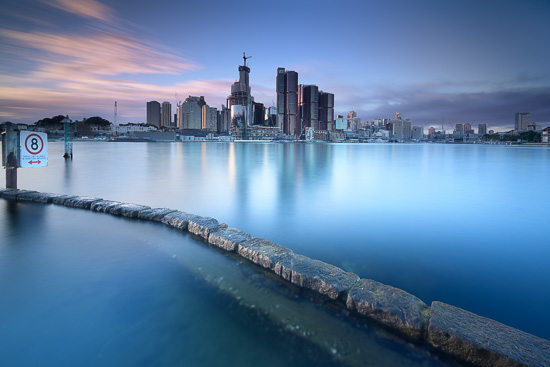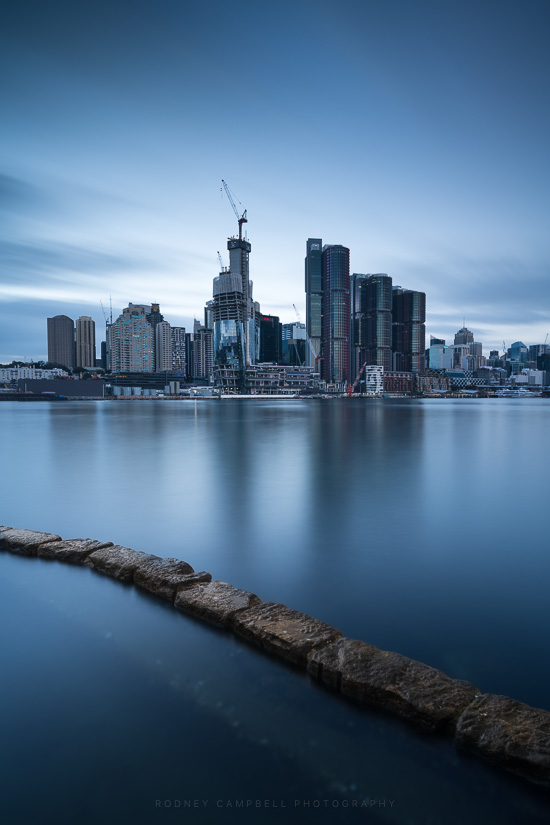Archive for June, 2019
Bare Pastels
by Rodney Campbell on Jun.11, 2019, under Life, Photography
Bare Pastels
Note: These photographs (especially the wider shots) look much better when larger. To see larger versions in an inline overlay slideshow gallery viewer click any of the images.
A sunrise session at Bare Island at La Perouse at the southern end of Sydney’s Eastern suburbs
I’d been pestering Gerry for days to go out for a shoot 🙂
The cloud predictions the night before were looking quite promising. Supposed to be quite a lot of high cloud which should have brought some nice colour. Alas the cupboard was bare and the promised clouds were not there so it was pretty crap really. Some weak pastels were about the best of it
The session did however let me try out my new 14-30mm Z lens with the Nisi V6 holder and my 100mm filters. So there’s some minor consolation 🙂
Testing Samyang 14/2.4 vs Samyang 14/2.8 vs Nikon Z 14-30/4 for Astro
by Rodney Campbell on Jun.10, 2019, under Life, Photography
I did a quick test with three astro potential lenses last night (all on my new Nikon Z7)
The original Samyang (Rokinon) 14mm f/2.8 ED AS IF UMC, the new Samyang 14mm f/2.4 XP and the Nikon Z 14-30mm f/4 S
This wasn’t a real astro shoot – I was just pointing up at the sky from my balcony to test the three lenses in a few key areas:
- focus (using the zoomed in view in the viewfinder) and comparing the sharpness of the stars at various focus settings (on the manual focus ring) (e.g. for the two Samyang lenses: past infinity, on infinity, near infinity, halfway between infinity and 3m, near 3m and at 3m)
- shutter speeds (e.g. 20s, 15s, 13s, 10s, 8s and 6s) to assess trailing on the very high megapixel Z7 (46MP)
- locations in the image frame (e.g. centre, extreme corners, long side edge, short side edge)
With the focus test I had a few key desires
- One was to test how manual focusing on the stars would be using this new camera body. The Z7 has an electronic viewfinder. It automatically brightens in darkness (making seeing what your focusing on much easier). It also allows you to zoom in the view (e.g. to 100%) which you definitely can’t do with an optical viewfinder
- I also wanted to know where on the Samyang’s manual focusing ring was the best (for sharpest stars). Which would potentially allow me to just turn the manual focus ring to that point out in the field without even having to check focus
- Lastly I wanted to see what the “focus-by-wire” was like on the Nikon Z series lenses. Especially when trying to do very delicate manual focus operations like focusing on stars
I shot all the images at the maximum aperture of the lens in question (i.e. f/2.4, f/2.8 or f/4)
I assessed all the images in Adobe Lightroom. For the Nikon Z 14-30mm f/4 S I was looking at auto corrected (lens profile) images. For the two Samyang lenses I assessed uncorrected images
My results:
- Nikon 14-30/4:
- I found the focus by wire of the 14-30 when using 100% zoomed viewfinder not as bad as people have been complaining about. Yes I get what they are saying – and it’s not as “instant” and “direct” – and yes if you turn the camera off you loose focus. I found it was workable in a relatively short period of time. So would work if required
- Also surprisingly the stars were pretty sharp across the frame – including the corners and not much coma, etc. So other than the f/4 aperture limitation (which is pretty bad) I’d say it is a serviceable astro lens. On a tracker it may actually do pretty well
- Samyang 14mm:
- The two Samyang lenses were fairly similar (from a focusing point of view). The stars were basically sharp pinpoints anywhere from infinity to halfway between infinity and 3m. I found “near infinity” to be the best overall on both my lenses. However whilst the new 14/2.4 was also ok at the position at the end past infinity, the older 14/2.8 was quite blurry
- Specific results for the Samyang 14mm f/2.4:
- Centre: best halfway between infinity & 3m, then near infinity, then infinity
- Corner: best near infinity, then infinity, then halfway between infinity
- Side: best near infinity, then infinity, then halfway between infinity
- There actually wasn’t a lot in it and in fact I’d say the stars were very sharp across the whole frame from infinity to halfway between infinity and 3m
- But it was interesting to note that the corners and edges of the frame looked ever so slightly better at a focus setting which was near infinity but that the centre was slightly better when it was halfway between infinity and 3m
- When I manual focused on a star I ended up at a setting “near infinity” so thats the setting I’m going to use when out in the field
Other interesting takes:
- The new f/2.4 version of the Samyang lens had significantly less vignetting than the older f/2.8 version. In fact it was only the very extreme corner that darkened at all
- It was also much brighter – I reckon brighter than the f/2.4 vs f/2.8 aperture (about 1/3rd to 1/2 a stop) would suggest
- It also had noticeably less distortion (I had the horizon towards the bottom of the frame)
- The original f/2.8 version of the lens was however slightly wider (field of view) than the newer f/2.4 version
- The coma and fringing in the f/2.8 version was already pretty well controlled. However the new f/2.4 version had noticeably less coma and fringing (basically none at all even into the extreme corners)
- The coma and fringing of the Nikon Z 14-30 (at f/4) was similar to the older Samyang (@ f/2.8) across most of the frame. In fact I reckon the Nikon was slightly better coma wise in the extreme corners. It was however at f/4 vs f/2.8. The new Samyang f/2.4 absolutely beat both the other lenses across the whole frame (even @ f/2.4)
Shutter Speed:
Shutter speed required to limit trailing stars was also quite interesting. I was pointing North (here in the southern hemisphere). Normally I’d be pointing south to shoot the milky way which would likely be better. So North was likely to have the worst effect on trailing
At the centre of the frame even 20s exposures had minimal trailing of stars
Likewise at the centre of the edge of the long side of the landscape frame it was also quite good at 20s
The extreme corners and the edge of the short left and right sides of the frame however were quite bad (long trails) at 20s, 15s and 13s. Even down to 6s you could still see slight trailing
Note that the so called “500 rule” for a 14mm lens on a full frame camera gives you a 36s exposure. Obviously not suitable. Even dropping that to a 300 rule gives you a 21s exposure which is still technically too long. Even using the very conservative NPF rule for sharp stars for 14mm on a full frame 46MP sensor at f/2.4 or f/2.8 gives you a 15s exposure
Barangaroo Dawn
by Rodney Campbell on Jun.03, 2019, under Life, Photography
Barangaroo Dawn
Note: These photographs (especially the wider shots) look much better when larger. To see larger versions in an inline overlay slideshow gallery viewer click any of the images.
The sun’s up and this is the only brief colour I got this morning. Pretty disappointing sunrise really – too much low cloud on the horizon
Here I’ve stacked the CPL, a 1.2 (4 stop) hard grad filter and the Lee LittleStopper (6 stop ND) to drag out the exposure time
Brushed Steel
by Rodney Campbell on Jun.01, 2019, under Life, Photography
Brushed Steel
My first sunrise session out with the new kit. The Nikon Z7 camera matched with the Nikon Z 14-30mm f/4 lens
I’d been eager to try this combo for my “normal” landscape/seascape shooting
That meant camera combo in very low light (twilight) along with my usual landscaping filter setup
In this case the new Nisi V6 100mm filter holder along with their CPL and some typical slot in filters
For this image I’ve used a Lee 0.9 (3 stop) hard grad stacked with the Lee Little Stopper (6 stop ND) (and the NiSi Enhanced CPL). This is pretty much right on sunrise and has given me a nice lazy 124 second long exposure
Pretty happy with the final result (along with the overall quality/sharpness of the lens)


